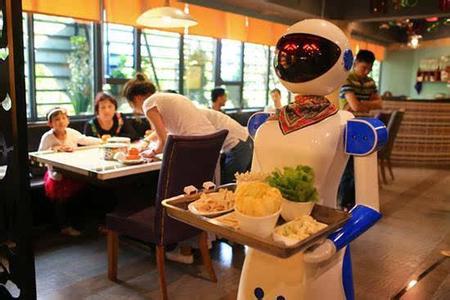
By Henry Hing Lee Chan
Robot Waiters: Too Much Hype?
The news that a number of restaurants in Xiamen have removed their robot waiters recently provided another proof to Amara's Law: We tend to overestimate the effect of a technology in the short run and underestimate the effect in the long run.
The elimination of these robot waiters came less than a year after their fanfare filled introduction in a number of Xiamen restaurants, reminding technology futurists that the time of the large-scale robotic substitution of workers might still be some time away in the service sector. The so-called artificial intelligence robots were still not intelligent enough to carry out their assigned task effectively.
The cost of a robot worker is around RMB 50,000 (SGD 10,500) with several hundred RMB each month for its upkeep and electricity. The economics on paper is good as compared to the monthly cost of a human waiter of over RMB 3,000. However, as the robots proved inferior to human waiters’ agility, the restaurant owners’ decision to remove them is understandable.
Will the robots be doomed for long in the contest between machines and human labor? It may not be too long. The campaign against robot waiters centers on the robots not being “intelligent” enough. The campaign simply reflects the fact that the current programs for directing robots are too simple and these robots only know how to implement simple mechanistic motions. The robot cannot communicate with customers to implement “human-like artificial intelligence” decisions.
Baidu’s recent Deep Speech 2 breakthrough in Chinese language speech recognition could very well solve that problem after further development down the road. The breakthrough was hailed by MIT Technology Review as one of the important advances in artificial intelligence. The ability to understand human language will solve a lot of human-machine interface problems, akin to moving robotics from the web 1.0 to the 2.0 era and expanding the use of robots in the service sectors.
Even with advancements in artificial intelligence, don’t count on robot waiters even in five years. The most successful applications of robots today are in three areas: industrial applications including logistics; medical applications; and agricultural applications. The operating environments of these three areas are static by nature. Robot waiters do make headlines but their operating environments are inherently more dynamic. Robots have yet to learn how to deal with dynamic environments.
However, progress in artificial intelligence is exponential and this technology is essentially science-based. With the world’s largest science and engineering researchers on hand, a functional robotic waiter in ten years’ time is not unimaginable. Amara’s law has been proven correct in many instances and one can count on robot waiters to make their return some time down the road.



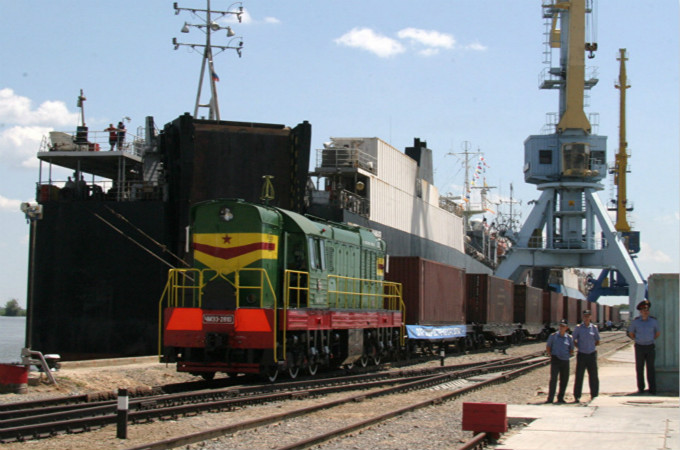

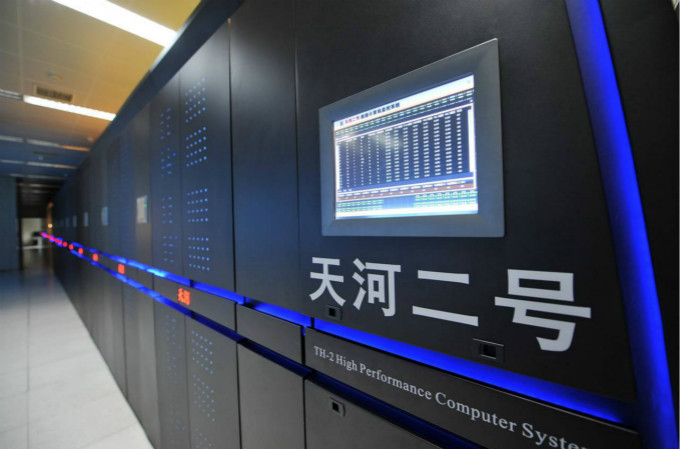


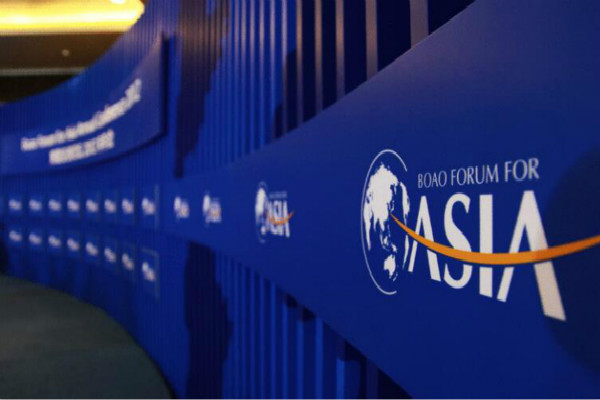







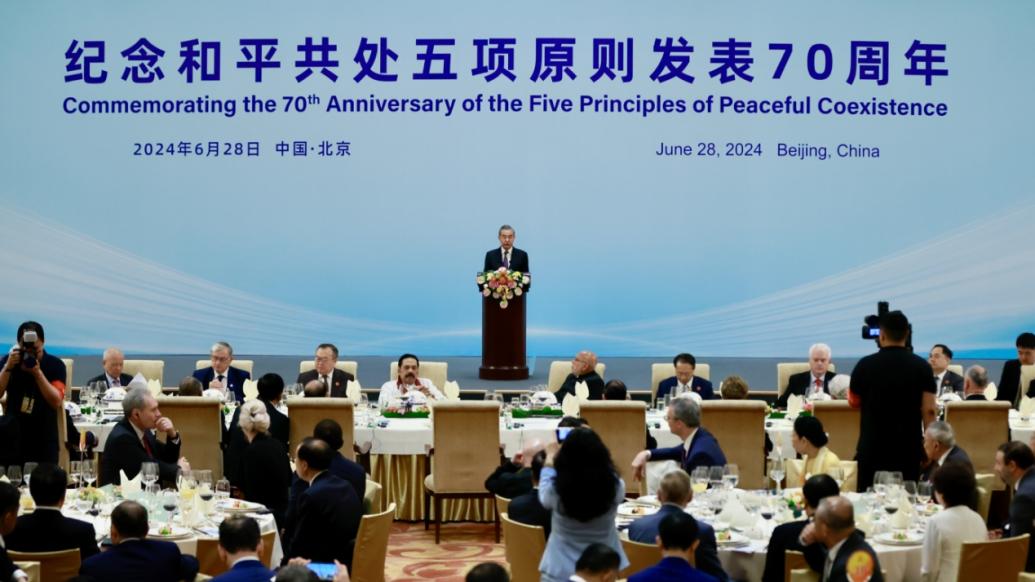


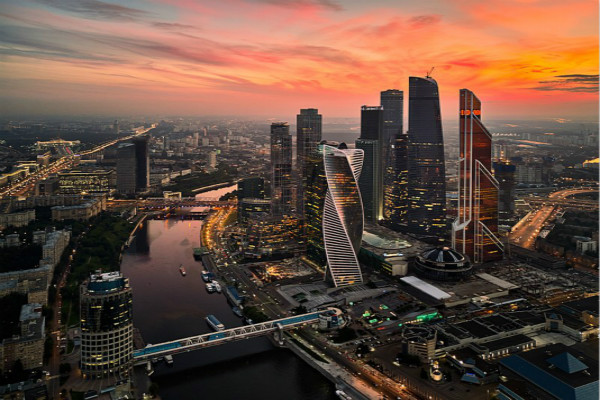
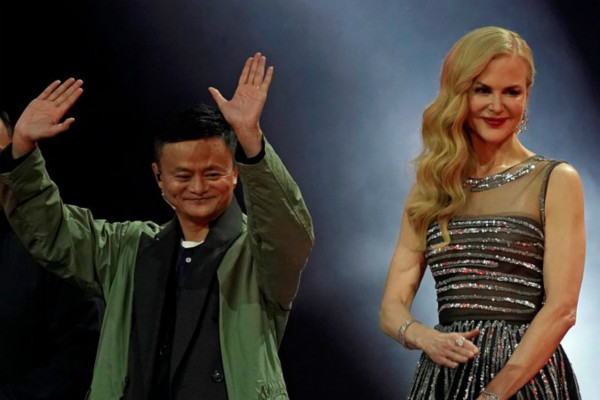
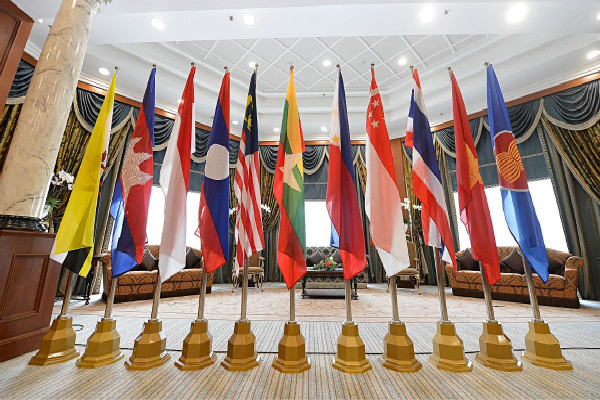


Leave a Reply
Your email address will not be published. Required fields are marked *